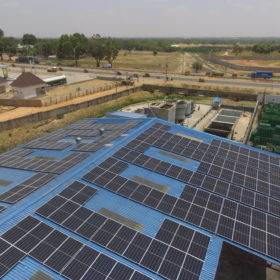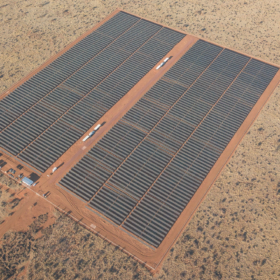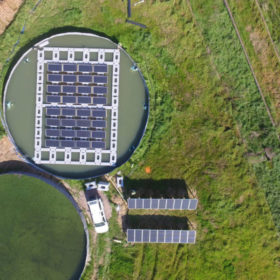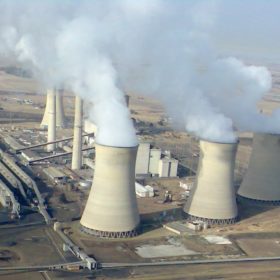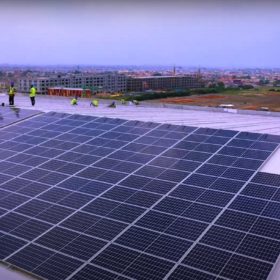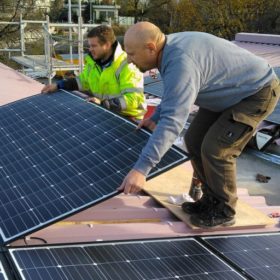Soft drinks business wants to be biggest industrial solar user in Nigeria
An initial 1.44 MW of solar panels this year appears to have impressed the Seven-Up Bottling Company sufficiently to persuade the business to opt for another 10.5 MW of arrays on its factories.
Irish developer secured half the projects in latest South African renewables tender
The weighted average cost of the electricity to be generated by the latest 975 MW fleet of solar projects procured by a national tender program has fallen more than 50% from the level recorded in the last such exercise, which was abandoned six years ago.
Where are we headed with off-grid PV?
An increasing number of people choose to design their PV system so it can be used even when the grid power has gone – as a back-up, so to speak. But there are markets where off-grid PV is not the back-up solution, but it is the primary source of power. There are numerous examples ranging from holiday homes and house boats in the south of Europe, to remote farmhouses, and rural regions in Africa and Asia where people don’t always have grid access. To this end, our webinar partner Solis has introduced its latest off-grid inverter which kicks into life at a mere 500 V input voltage.
The state of EU renewables – Solar cell plans encouraging but heat pump market could go the same way as European PV did
The European Commission has published its second annual assessment of the competitiveness of the EU’s renewable energy technology industries, and it had a warning for policymakers about the trade balance trend being experienced by heat pump makers.
Floating PV tested at water treatment plant in South Africa
The pilot system was built with the Hydrelio floating platforms developed by French specialist Ciel&Terre. The project performance will be evaluated during a full seasonal weather cycle.
South Africa’s first solar wheeling project
In what is being described by its developer as a national first, a 10 MW solar plant in the Northern Cape will generate power for the local business of Amazon Web Services, with the solar electricity to be delivered via the grid operated by national utility Eskom.
South Africa gets $8.5 billion to phase out coal, boost renewables
The funds should be allocated through multilateral and bilateral grants, concessional loans, guarantees and private investments. A task force will now seek to identify initial sources of financing for the electricity and coal mining sectors, as well as financing options for the development of electromobility and green hydrogen.
Focus COP26: How can Africa attract more solar investments?
Africa has 40 % of the world’s solar potential but only 1 % of the world’s solar panels.
South Africa’s 2.6 GW renewables tender draws lowest solar bid of $0.02481/kWh
The South African authorities have published the list of the preferred bidders of the fifth round of the Renewable Energy Independent Power Producer Procurement Program (REIPPPP). Around 2.58 GW of renewable energy capacity was allocated through the procurement exercise.
Solar job numbers kept on rising in 2020
The latest edition of a clean power jobs survey produced by IRENA and the International Labour Organization has stressed the important role which will need to be played by the public sector if the energy transition’s employment benefits are to be shared equally.
